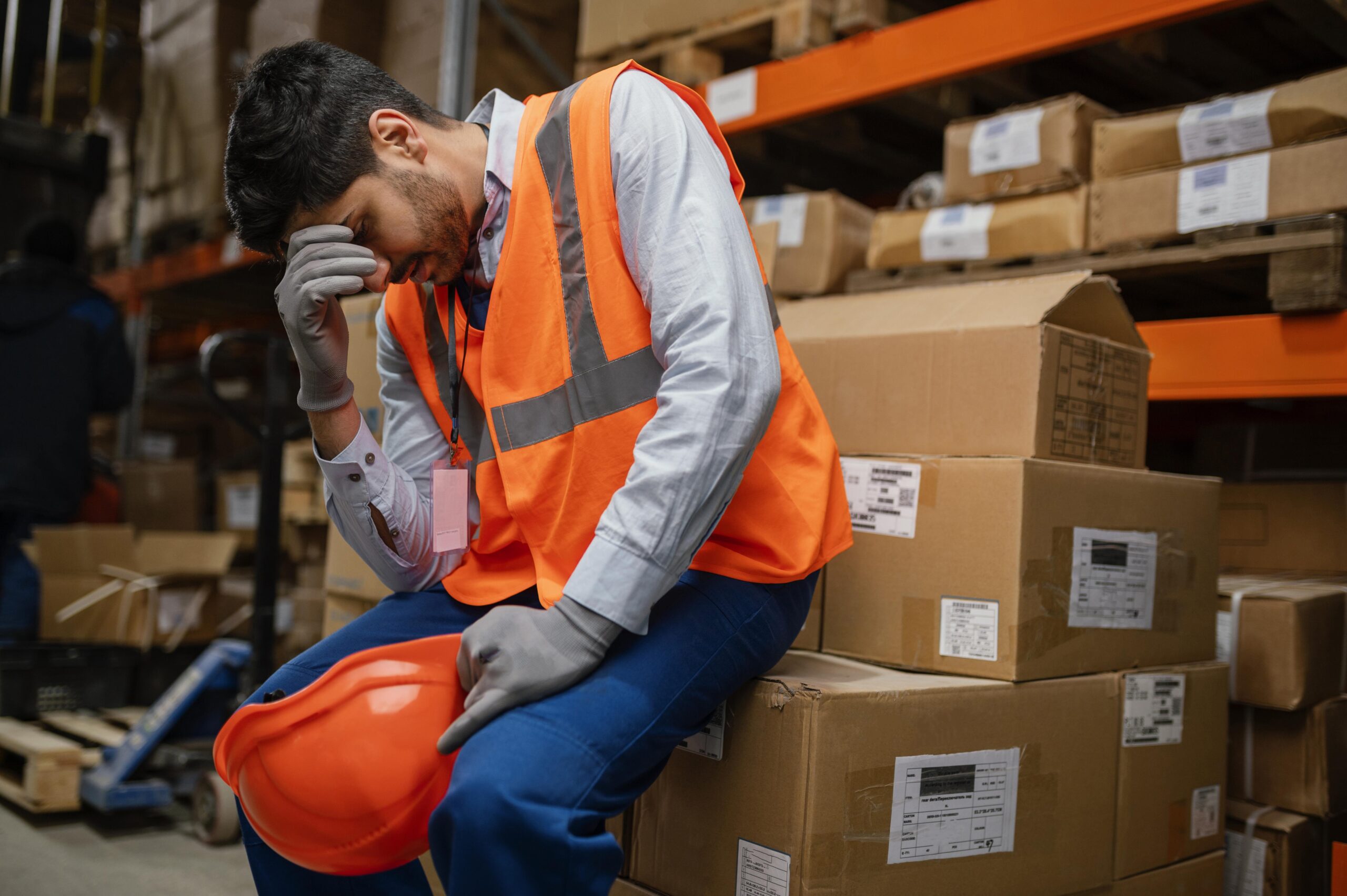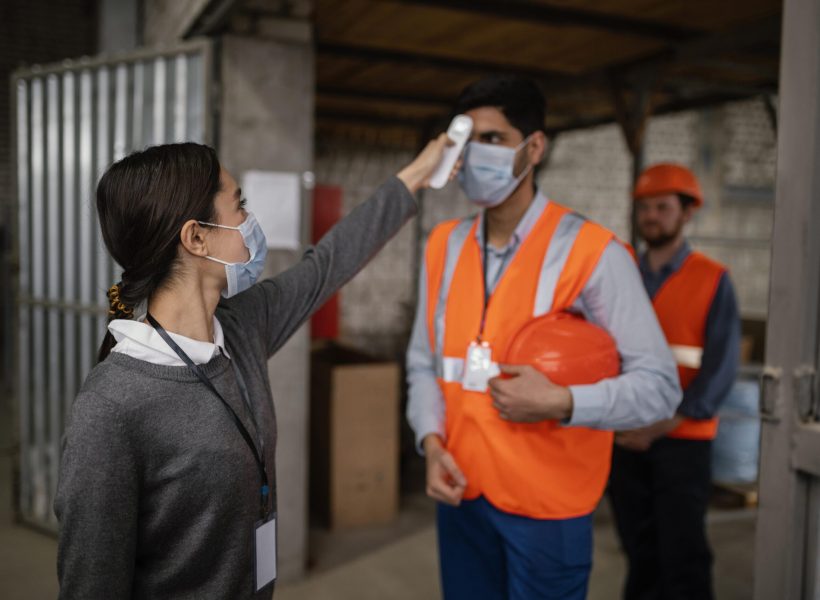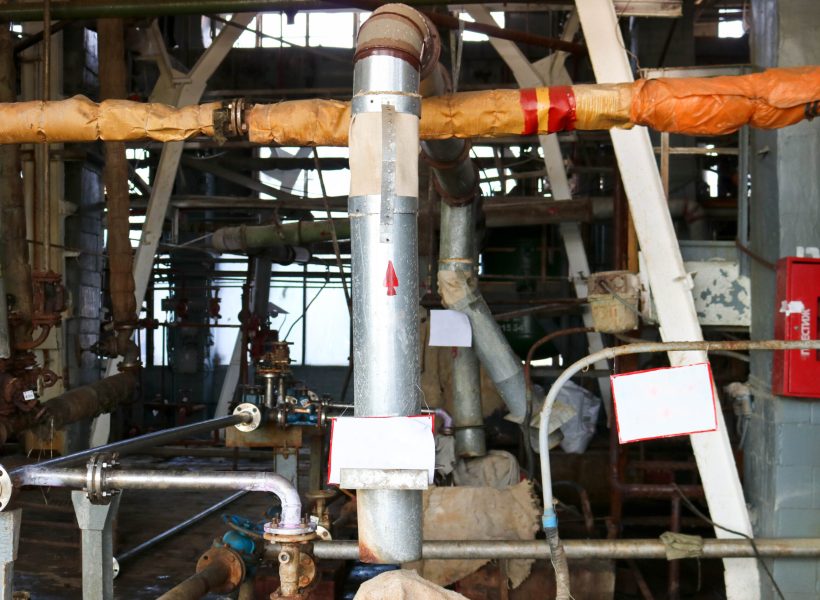

Location
Mussafah, Abu Dhabi
Call Us
02 672 1777
contact@ncmt.ae
National Centre for Management and Training

Mussafah, Abu Dhabi
02 672 1777
contact@ncmt.ae
NCMT12
September 25, 2025

Workplace safety is a shared responsibility. Regardless of the industry—whether it’s construction, manufacturing, healthcare, or even office-based environments—employees face various hazards that can affect health, productivity, and overall well-being. With evolving work conditions and stricter safety regulations in place, it’s more important than ever to stay updated on the most common risks at work.
Physical hazards continue to be one of the most obvious and typically experienced in the workplace. These hazards include:
Update: According to the latest statistics from workplace safety authorities, slips and falls remain the leading cause of workplace injuries, especially in warehouses and construction sites. Companies are adopting the use of smart sensors and anti-slip flooring to reduce injuries.


Chemical exposure is not limited only to chemical industrial sites—offices, labs, and hospitals face chemical exposure risks too. Examples include:
Update: With a stricter world compliance (such as OSHA, REACH, and ADNOC), employers need to know that all hazardous materials are labeled correctly, and Globally Harmonized System (GHS) labels are available. It is becoming a best practice to track the inventory of chemicals digitally.
Biological hazards are the most neglected of the workplace hazards. They are the most applicable in healthcare, food, and cleaning industries. Risk examples include:
Update: On the heels of COVID-19, biological hazards will see a much more stringent monitoring. A majority of organizations now have measures and monitoring in place for infection control, regular cleaning, and sanitization, and permanent policies in place for staff vaccinations.
Poor ergonomics can cause long-term health issues without any warning sign. Examples include:
Update: Ergonomics is more than a consideration for factory workstations; the rise of hybrid working is likely to see more concerns with ergonomics where people are working from their home office space. Companies are investing in ergonomic work chairs, sit-stand desks, and training employees on wellness.
Psychosocial hazards have a negative impact on mental health, morale, and job satisfaction. Psychosocial risks include the following:
Update: New workplace safety audits are using thermal imaging to identify overheated circuits before fire and/or electrocution risks occur.
Electrical hazards will pose a risk in both industrial and office environments. Common electrical hazards include:
Update: New workplace safety audits are using thermal imaging to identify overheated circuits before fire and/or electrocution risks occur.
Mechanical hazards primarily involve a machine or parts of a machine that are moving or have the potential to move. Some examples include:
Update: With the rise of automation, robotic equipment brings new hazards. Companies must implement machine guarding, emergency stop systems, and regular preventive maintenance.
The environment that an employee works in can be hazardous if managed incorrectly. Some examples are:
Update: Indoor air quality has received new attention. Many organizations now employ air filtration systems, CO2 monitors, and smart buildings with HVAC air management.
Conclusion
Awareness and training are the first steps to realizing a safer workplace environment. The employer must also continuously evaluate risks, modify safety protocols, and utilize new technologies to reduce hazards. The employee must understand them, remain vigilant, follow guidelines, and report unsafe conditions.
By staying updated on workplace hazards and prevention strategies, organizations can not only protect their people but also boost productivity.